
It looks pretty fine, doesn’t it?
You’ll no longer need a car of your own because this cozy little pod will come whenever you need it. All you’ll have to do is to buy a 30- or 60-ride plan and press “Come on over and get me” on your phone.
You can’t believe how happy you’ll be to have those buying or leasing, gas, insurance and repair bills behind you, or to no longer have a monstrosity taking up space and waiting for those limited times when you’ll actually be driving it. Now you’ll be able to get where you need to go without any of the “sunk costs” because it’ll be “pay as you go.”
And go you will. This little pod will transport you to work or the store, to pick up your daughter or your dog while you kick back in comfort. It will be an always on-call servant that lets you stay home all weekend, while it delivers your groceries and take-out orders, or brings you a library book or your lawn mower from the repair shop. You’ll be the equivalent of an Amazon Prime customer who can have nearly every material need met wherever you are—but instead of “same day service,” you might have products and services at your fingertips in minutes because one of these little pods will always be hovering around to bring them to you. Talk about immediate gratification!
They will also drive you to work and be there whenever you need a ride home. In a fantasy commute, you’ll have time to unwind in comfort with your favorite music or by taking a nap. Having one of these pods whenever you want one will enable you to work from different locations, to have co-workers join you when you’re working from home, and to work while traveling instead of paying attention to the road. You can’t believe how much your workday will change.
Doesn’t all this money saving, comfort, convenience and freedom sound too good to be true? Well, let’s step back for a minute.
We thought Facebook’s free social network and Amazon’s cheap and convenient take on shopping were unbelieveably wonderful too—and many of us still do. So wonderful that we built them into the fabric of our lives in no time. In fact, we quickly claim new comforts, conveniences and cost savings as if we’ve been entitled to them all along. It’s only as the dazzle of these new technology platforms begin to fade into “taking them for granted” that we also begin to wonder (in whiffs of nostalgia and regret? in concerns for their unintended consequences?) about what we might have given up by accepting them in the first place.
Could it be:
-the loss of chunks of our privacy to advertisers and data-brokers who are getting better all the time at manipulating our behavior as consumers and citizens;
-the gutting of our Main Streets of brick & mortar retail, like book and hardware stores, and the attendant loss of centers-of-gravity for social interaction and commerce within communities; or
-the elimination of entry-level and lower-skilled jobs and of entire job-markets to automation and consolidation, the jobs you had as a teenager or might do again as you’re winding down, with no comparable work opportunities to replace them?
Were the efficiency, comfort and convenience of these platforms as “cost-free” as they were cracked up to be? Is Facebook’s and Amazon’s damage already done and largely beyond repair? Have tech companies like them been defining our future or have we?
Many of us already depend on ride-sharing companies like Uber and Lyft. They are the harbingers of a self-driving vehicle industry that promise to disrupt our lives and work in at least the following ways. They will largely eliminate the need to own a car. They will transform our transportation systems, impacting public transit, highways and bridges. They will streamline how goods and services are moved in terms of logistics and delivery. And in the process, they will change how the entire “built environment” of urban centers, suburbs, and outer ring communities will look and function, including where we’ll live and how we’ll work. Because we are in many ways “a car-driven culture,” self-driving vehicles will impact almost everything that we currently experience on a daily basis.
That’s why it is worth all of our thinking about this future before it arrives.

One way to help determine what the future should look like and how it should operate is to ask people—lots of them—what they’d like to see and what they’re concerned about. In fact, it’s an essential way to get public buy-in to new technology before some tech company’s idea of that future is looking us in the eye, seducing us with its charms, and hoping we won’t notice its uglier parts.
When it comes to self-driving cars, one group of researchers is seeking informed buy-in by using input from the public to influence the drafting of the decision-making algorithms behind these vehicles. In the so-called Moral Machine Experiment, these researchers asked people around the world for their preferences regarding the moral choices that autonomous cars will be called upon to make so that this new technology can match human values as well as its developer’s profit motives. In an article that just appeared in the journal Nature, the following remarks describe their ambitious objective.
With the rapid development of artificial intelligence have come concerns about how machines will make moral decisions and the major challenge of quantifying societal expectations about the ethical principles that should guide machine behaviour. To address this challenge we deployed the Moral Machine, an on-line experimental platform designed to explore the moral dilemmas faced by autonomous vehicles. This platform gathered 40 million decisions [involving individual moral preferences] in ten languages from millions of people in 233 different countries and territories. Here we describe the results of this experiment…
Never in the history of humanity have we allowed a machine to autonomously decide who shall live and who shall die, in a fraction of a second, without real-time supervision. We are going to cross that bridge any time now, and it will not happen in a distant theater of military operations; it will happen in the most mundane aspect of our lives, everyday transportation. Before we allow our cars to make ethical decisions, we need to have a global conversation to express our preferences to the companies that will design moral algorithms, and to the policymakers who will regulate them.
For a sense of the moral guidance the Experiment was seeking, think of an autonomous car that is about to crash but cannot save everyone in its path. Which pre-programmed trajectory should it choose? One which injures (or kills) two elderly people while sparing a child? One which spares a pedestrian who is waiting to cross safely while injuring (or killing) a jaywalker? You see the kinds of moral quandaries we will be asking these cars to make. If peoples’ moral preferences can be taken into account beforehand, the public might be able to recognize “the human face” in a new technology from the beginning instead of having to attempt damage control once that technology is in use.

To collect its data, the Moral Machine Experiment asked millions of global volunteers to consider accident scenarios that involved 9 different moral preferences: sparing humans (versus pets); staying on course (versus swerving); sparing passengers (versus pedestrians); sparing more lives (versus fewer lives); sparing men (versus women); sparing the young (versus the old); sparing pedestrians who cross legally (versus jaywalkers), sparing the fit (versus the less fit); and sparing those with higher social status (versus lower social status).
The challenges behind the Experiment were daunting and much of the article is about how the researchers conducted their statistical analysis. Notwithstanding these complexities, three “strong” moral preferences emerged globally, while certain “weaker” but statistically relevant preferences suggest the need for modifications in algorithmic programming among the three different “country clusters” that the Experiment identified.
The vast majority of participants in the Experiment expressed a “strong” moral preference for saving a life instead of refusing to swerve, saving as many lives as possible if an accident is imminent, and saving young lives wherever possible.
Among “weaker” preferences, there were variations among countries that clustered in the Northern (Europe and North America), Eastern (most of Asia) and Southern (including Latin America) Hemispheres. For example, the preference for sparing young (as opposed to old) lives is much less pronounced in countries in the Eastern cluster and much higher among the Southern cluster. Countries that are poorer and have weaker enforcement institutions are more tolerant than richer and more law abiding countries of people who cross the street illegally. Differences between hemispheres might result in adjustments to the decision-making algorithms of self-driving cars that are operated there.
When companies have data about what people view as “good” or “bad”, “better” or “worse” while a new technology is being developed, these preferences can improve the likelihood that moral harms will be identified and minimized beforehand.

Another way to help determine what the future should look like and how new technologies should operate is to listen to what today’s Cassandras are saying. Following their commentary and grappling with their concerns removes some of the dazzle in our hopes and grounds them more firmly in reality early on.
It lets us consider how, say, an autonomous car will fit into the ways that we live, work and interact with one another today—what we will lose as well as what we are likely to gain. For example, what industries will they change? How will our cities be different than they are now? Will a proliferation of these vehicles improve the quality of our interactions with one another or simply reinforce how isolated many of us are already in a car-dominated culture?
The Atlantic magazine hosts a regular podcast called “Crazy Genius” that asks “big questions” and draws “provocative conclusions about technology and culture” (Many thanks to reader Matt K for telling me about it!) You should know that these podcasts are free and can be easily accessed through services like iTunes and Spotify.
A Crazy Genius episode from September called “How Self-Driving Cars Could Ruin the American City” included interviews with two experts who are looking into the future of autonomous vehicles and are alarmed for reasons beyond these vehicles’ decision-making abilities. One is Robin Chase, the co-founder of Zipcar. The “hellscape” she forecasts involves everyone using self-driving cars as they become cheaper than current alternatives to do our errands, provide 10-minute deliveries and produce even more sedentary lifestyles than we have already, while clogging our roadways with traffic.
Without smart urban planning, the result will be infernal congestion, choking every city and requiring local governments to lay ever-more pavement down to service American automania.
Eric Avila is an historian at UCLA who sees self-driving cars in some of the same ways that he views the introduction of the interstate highway system in the 1950s. While these new highways provided autonomous access to parts of America that had not been accessible before, there was also a dark side. 48,000 miles of new highway stimulated interstate trade and expanded development but they also gutted urban neighborhoods, allowing the richest to take their tax revenues with them as they fled to the suburbs. “Mass transit systems [and] streetcar systems were systematically dismantled. There was national protest in diverse urban neighborhoods throughout the entire nation,” Avila recalls, and a similar urban upheaval may follow the explosion of autonomous vehicles.
Like highways, self-driving cars are not only cars they are also infrastructure. According to Avila, if we want to avoid past mistakes all of the stakeholders in this new technology will need to think about how they can make downtown areas more livable for humans instead of simply more efficient for these new machines. To reduce congestion, this may involve taxing autonomous vehicle use during certain times of day, limiting the number of vehicles in heavily traveled areas, regulating companies who operate fleets of self-driving cars, and capping private car ownership. Otherwise, the proliferation of cars and traffic would make most of our cities unlivable.
Once concerns like Chase’s and Avila’s are publicized, data about the public’s preferences (what’s better, what’s worse?) in these regards can be gathered just as they were in the Moral Machine Experiment. Earlier in my career, I ran a civic organization that attempted to improve the quality of Philadelphia city government by polling citizens anonymously about their priorities and concerns. While the organization did not survive the election of a reform-minded administration, information about the public’s preferences is always available when we champion the value of collecting it. All that’s necessary is sharing the potential problems and concerns that have been raised and asking people in a reliable and transparent manner how they’d prefer to address them.
In order to avoid the harms from technology platforms that we are facing today, the tech companies that are bringing us their marvels need to know far more about their intended users’ moral preferences than they seem interested in learning about today. With the right tools to be heard at our fingertips, we can all be involved in defining our futures.
This post is adapted from my November 4, 2018 newsletter.




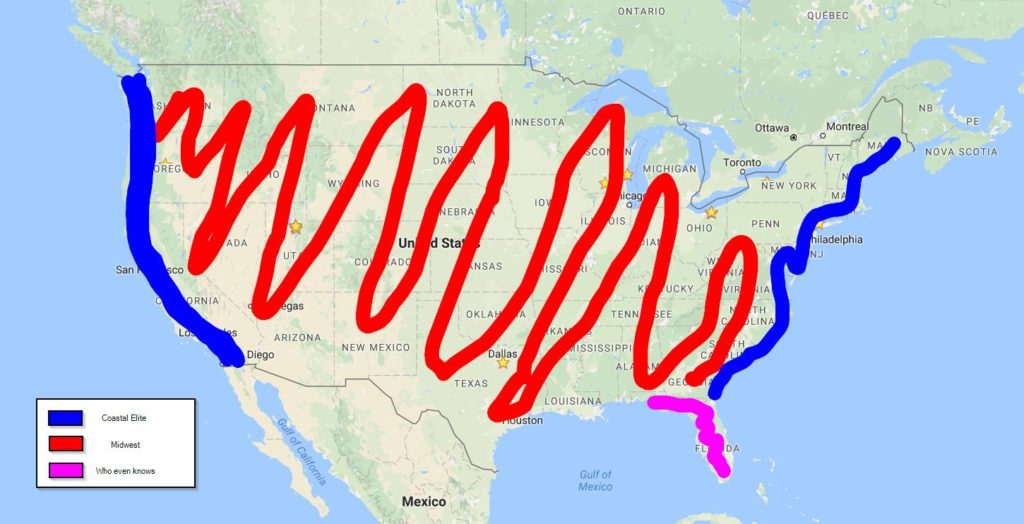

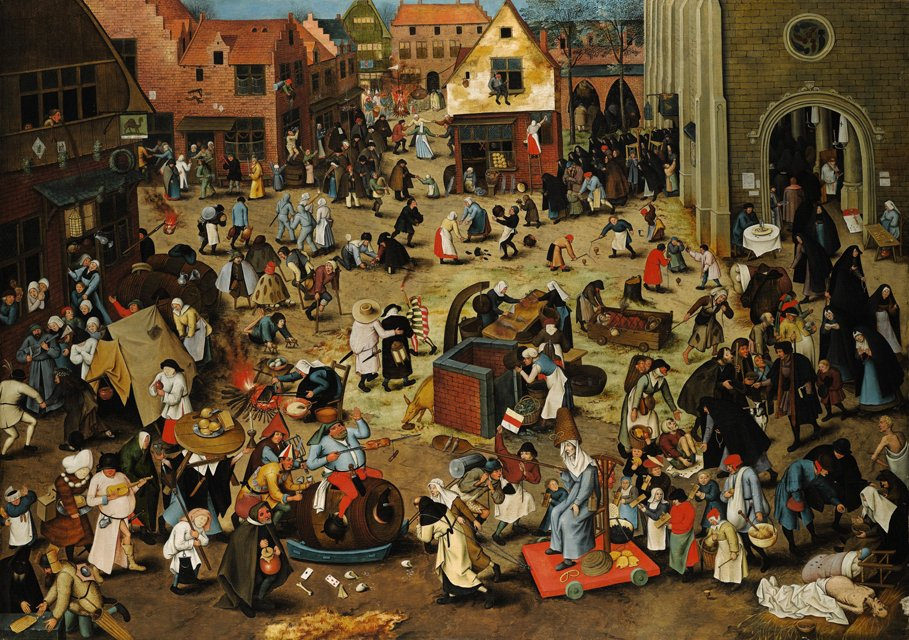



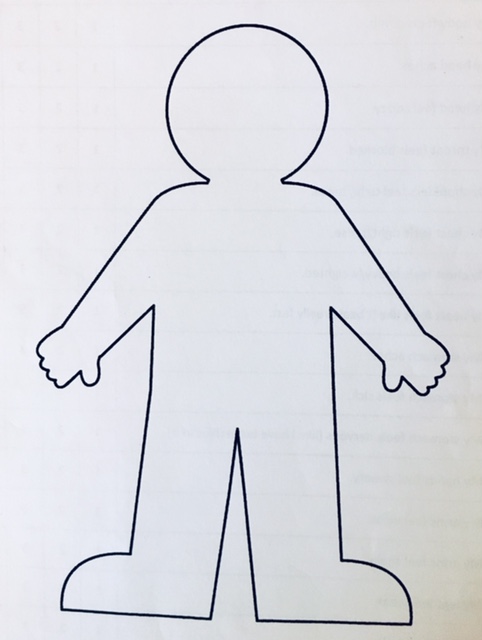
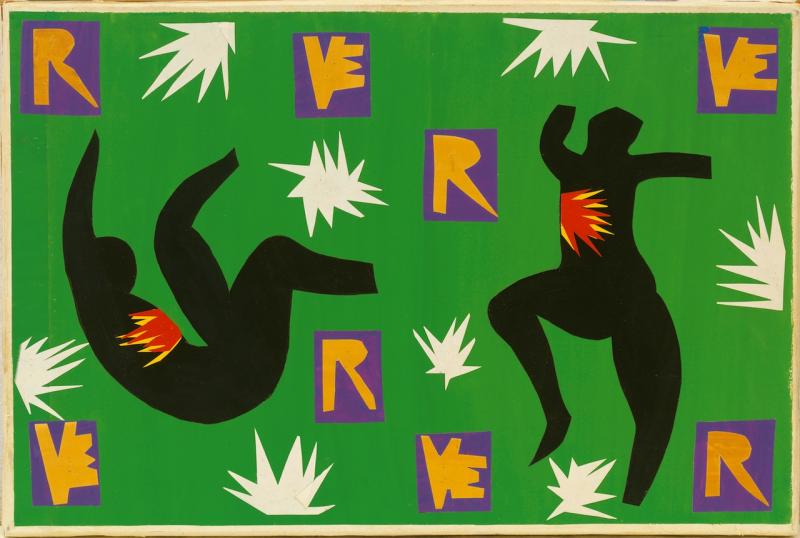
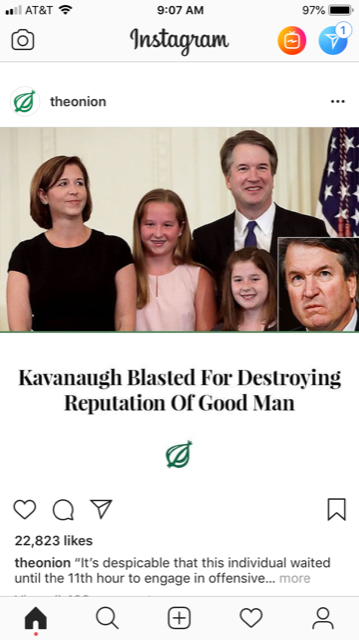 It was great to hear from several of you after recent posts about defending your reputation “as a good person” when it’s challenged. Thanks, as always, for reaching out and letting me know what you think.
It was great to hear from several of you after recent posts about defending your reputation “as a good person” when it’s challenged. Thanks, as always, for reaching out and letting me know what you think.